How to Train a Goldendoodle Puppy Basic Commands and Good Behavior
By: David Codr
Published Date: March 31, 2017
Miles in an eleven-week-old Goldendoodle puppy who lives with a family in Omaha. His guardians set up this puppy training and puppy behavior session with me to make sure he gets off on the right foot and go over some basic obedience; training the puppy to sit, lay down, sit up, stand and come on command.
Miles family wisely cordoned off part of the house to keep him confined to the living room and kitchen. This is a wise strategy as it keeps the dog’s world small and puts the humans in a position to see the puppy at all times. Redirecting a puppy before it gets into the wrong thing is the best way to train a puppy. I used this same approach with my Dalmatian Quest, converting a bedroom into a puppy room and the quality of life improvement and benefits for the puppy were so great I will never get another puppy again without setting up a puppy play pen.
MIles was curious when I approached the baby gate, but had a great laid back energy which makes raising a puppy so much easier.
I always say that a dog’s energy is the most important factor to consider when getting a dog. Most people select dogs the way they date; “thats a good looking dog! Lets get that one.” But if you have a more relaxed lifestyle and get a Dalmatian, the chances for behavior issues go up dramatically. Fortunately there are many different breeds of dogs out there and a lot of variety when it comes to energy levels.
Miles dozed for about an hour as I shared a number of puppy raising tips with his family members. We went over ways to stop chewing, stop nipping, stop mouthing and potty training. I also went over ways to redirect him before he did anything they didn’t want him to do.
After going over puppy behavior, I pulled out some high value treats with a strong scent and tossed one on the floor right in front of the puppy’s nose. It only took a few seconds before Miles opened his eyes, his eyes found the treat and bang, he was up and ready to go.
I started out by training him to sit and training the puppy to come at the same time. Teaching a puppy to sit is something I usually do on its own, but I could tell right away that Miles was a pretty intelligent puppy. In fact it only took me a few minutes to teach the puppy to sit, teach the puppy to come, teach lay down, sit up and stand.
Once Miles understood wheat we wanted him to do, I had the members of the family take over. Within a few minutes the family’s youngest son had Miles behaving so well I started to worry he may one day put me out of business, lol.
Categorized in: Puppy Training


